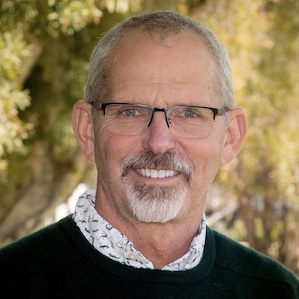Toward the Edges
Movements Fostering Movements

We don’t know most of their stories. But we do know that some of them, for some reason, began to speak to Greeks of the Good News. It is unclear from the vocabulary if these were Greek-speaking Jews, or Greeks who had converted to Jewish monotheism but not Judaism (the “God fearers” described in Acts).
Later, we see that Paul’s dynamic apostolic band was made up largely of people drawn from very new, still-emerging movements. I think it is common for most readers of Acts and Paul’s letters to only see the specific churches that are named as the results of his work. But we have hints that these churches were not just isolated communities of believers. While this may be most explicit in Thessalonica, where we hear of the word expanding throughout a region, there are hints elsewhere that this was not an exception, but a norm (for example in the early verses of Colossians).
It does seem to be a norm, and it also seems to be natural. Natural does not mean automatic, but it does mean by nature. That is the key dynamic in movements fostering other movements: there is something in the nature of a movement that carries with it more than expansion.
Movements carry a DNA that “naturally” causes more movements, because being a movement is part of the DNA itself.
I have seen this firsthand, but since you will read stories of such dynamics in this edition of MF, I won’t tell my stories here. For some readers this will seem new. And, again, experientially it has been recent. But Acts shows us this is in the original blueprint, seed, and foundational DNA.
Why then is it new?
The most common experience most of us have with church is in our congregations. Most churches don’t reproduce. In fact, most decline, and don’t even grow by adding members! There are exceptions, and there are movements (house church movements, simple church movements, church-planting networks, etc.). But by and large, what we know of and experience in churches is far removed from anything like a movement.
It is such churches that most missionaries have experienced, so it is a challenge for most missionaries to catch the movement DNA. Until very recently few mission efforts have experienced movements.
That is changing.
And at the same time, it is still true that movements themselves frequently, and naturally, foster more movements. They carry the DNA. Movements are what they are, so movements are what movements give birth to.
This does not mean the day of sending as we have known it is over. Vast numbers of contexts will not be naturally bridged by current movements.
But the reality is that the best catalytic ingredient in fostering a new movement is a team or person or community or apostolic band that has been incubated within a movement, so that “like can birth like.”
May you be encouraged by what you read!









comments